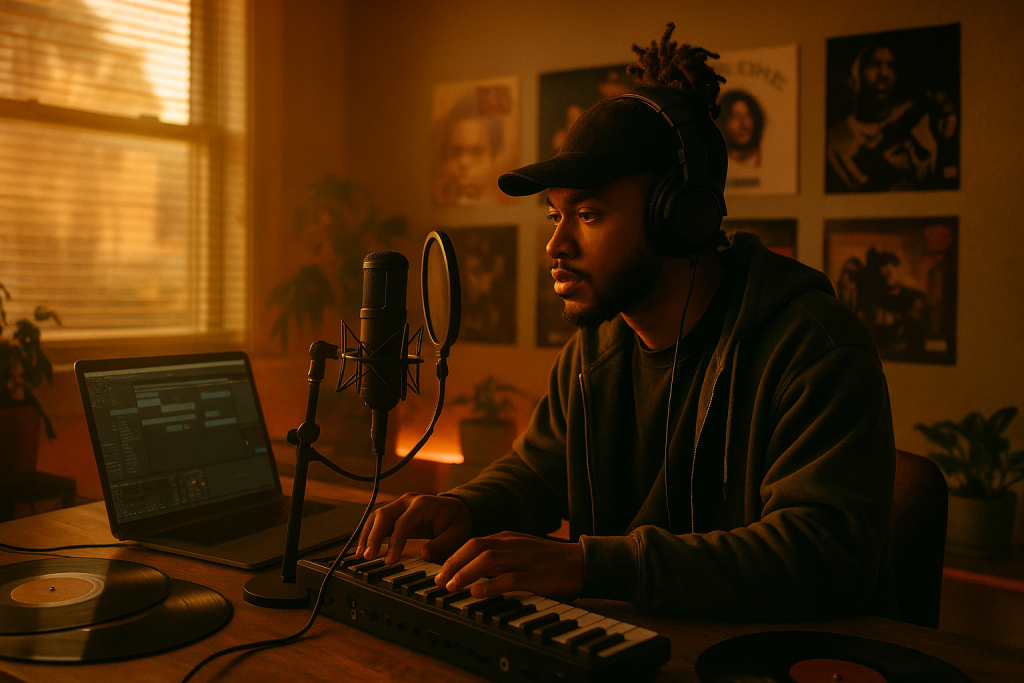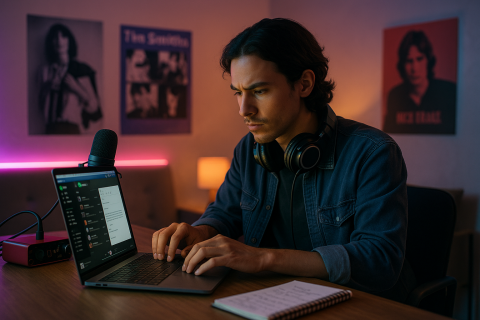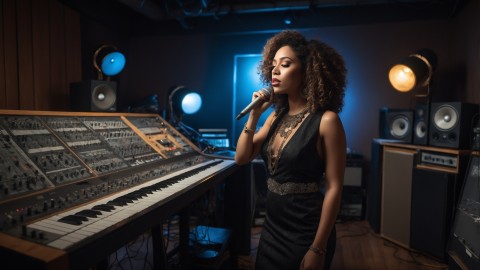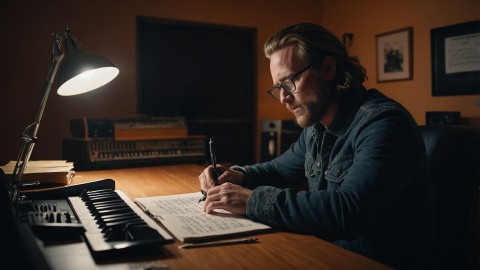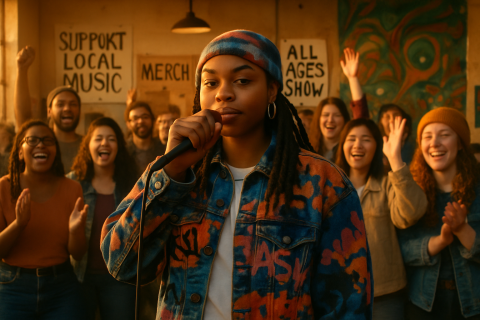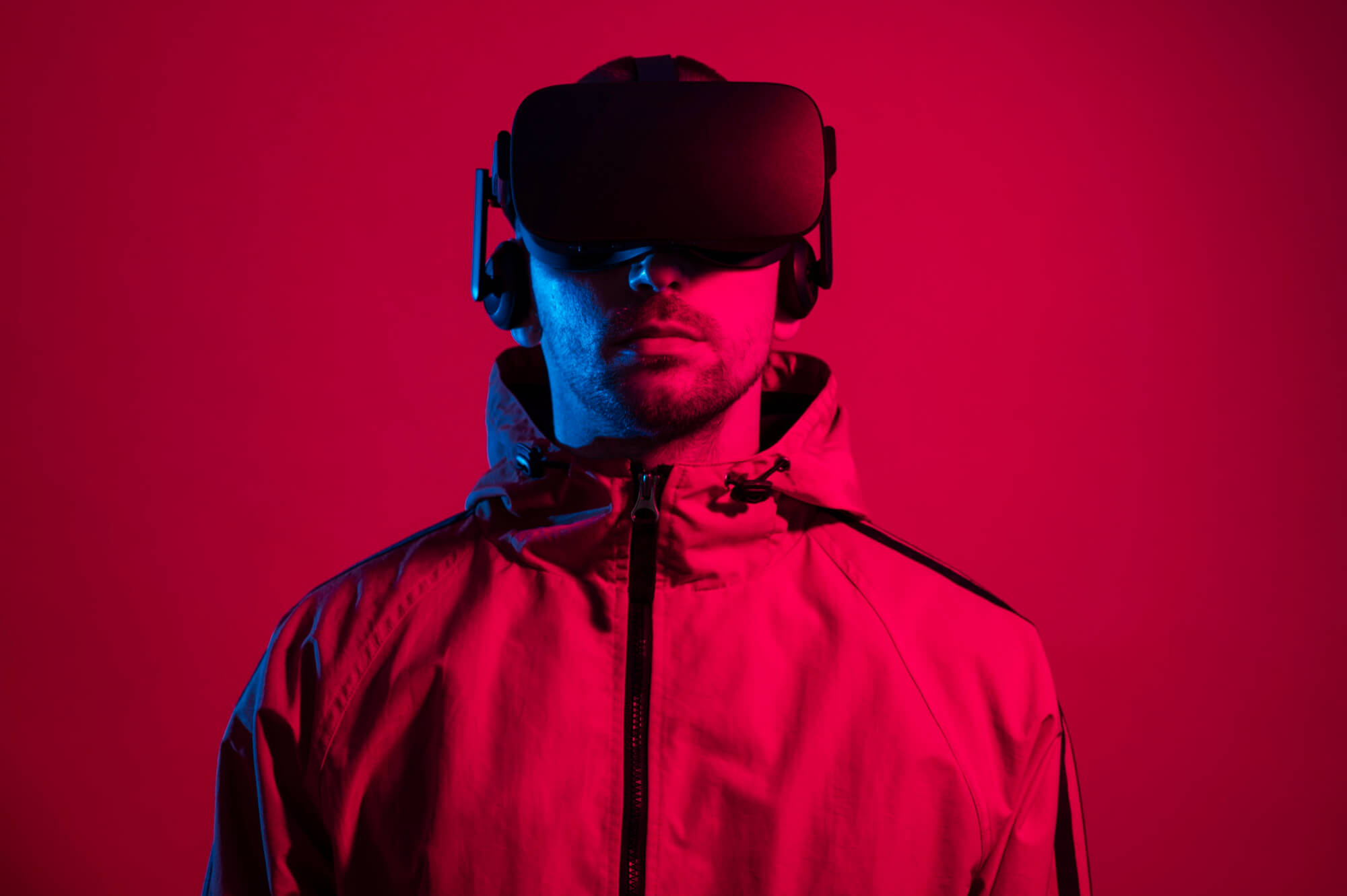In a world where record labels once served as the ultimate gatekeepers of the music industry, the rise of independent artists has completely reshaped the landscape. Artists no longer need a label’s stamp of approval to build a fanbase, go on tour, or hit millions of streams. What was once considered “doing it on your own” is now becoming the new industry standard.
The independent artist era isn’t just a trend — it’s a cultural shift that’s rewriting the rules of how music is created, shared, and monetized. And the truth is, we’re only scratching the surface.
📡 A New Kind of Power: Creative Control
One of the biggest reasons why independence is thriving is creative freedom. Signed artists often have to conform to the demands of a label: what’s marketable, what’s trendy, or what fits the brand. In contrast, independent artists are free to shape their own sound, visuals, message, and audience.
This autonomy allows artists to experiment, evolve, and be authentic. Instead of trying to fit into a box, they’re building their own lanes — and fans are here for it.
Think of artists like Russ, Chance the Rapper, and Tobe Nwigwe — all of whom built cult followings without compromising their artistry. In the indie era, your uniqueness is your leverage.
💻 The Internet Leveled the Playing Field
Platforms like Spotify, SoundCloud, YouTube, TikTok, and Bandcamp have made it possible to share your music with the world in a matter of minutes. You no longer need a distributor or radio plug — just an internet connection and a strategy.
Social media has also flipped the marketing model. Instead of spending tens of thousands on PR teams, indie artists can build loyal communities by showing up consistently online. Whether you’re running Instagram freestyles, dropping acoustic covers on TikTok, or sharing behind-the-scenes stories — connection is currency.
And fans love seeing the real you — not the PR version. This raw connection is something no label can fake.
📈 Direct-to-Fan Is the Future
The days of middlemen taking the biggest cut are fading. Now, artists can earn money directly through platforms like:
- Patreon (exclusive content for superfans)
- Gumroad / Shopify (digital downloads and merch)
- Bandcamp Fridays (where 100% of sales go to the artist)
- Cash App tips, Buy Me a Coffee, and fan memberships
This means fans aren’t just supporters — they’re investors in your art. When you own your masters, build your own list, and create your own funnels, you’re not just surviving — you’re building an actual business.
Owning your IP is the new ownership. And artists are finally starting to realize the power of having full rights to their work.
🎵 The Industry Is Catching Up, Not Leading
Labels are now signing artists after they’ve already built traction. Why? Because they don’t want to take risks anymore. They’re watching TikTok trends and Spotify numbers, and then offering deals once the hard part — building momentum — is already done.
But by then, artists have leverage. And many are realizing: if I’ve built this much on my own… do I even need a label?
More and more artists are choosing better distribution deals, one-off partnerships, or staying completely independent. The game has changed — and the control is shifting.
🧠 Artists Are Smarter About the Business
There was a time when artists didn’t know what a publishing deal was or what “owning your masters” meant. Today? Artists are not only reading their contracts — they’re building their own teams.
With free access to YouTube videos, creator communities, and indie artist podcasts, there’s never been more knowledge available. We’re in a new wave of artist-entrepreneurs who understand how to:
- Register with PROs (like ASCAP or BMI)
- Collect mechanical royalties via Songtrust
- Set up LLCs and treat their brand like a business
- Run Facebook and Instagram ads to grow their audience
- Use data from Spotify for Artists to route tours
This shift in education is a huge reason why the independent artist movement is sustainable. Smart artists don’t just create — they strategize.
🫂 The Rise of Community over Clout
In the label era, success looked like this: “Get signed, get famous, go global.”
In the indie era, success looks more like: “Find 1,000 real fans. Serve them consistently. Own your art.”
This is the power of micro-communities — artists focusing on meaningful relationships rather than vanity metrics. These artists aren’t chasing numbers. They’re nurturing fans, building email lists, and inviting their audience along for the journey.
And it pays off. A community that cares will stream your song, buy your merch, repost your content, and support your crowdfunding campaign — not because you’re famous, but because they believe in you.
🎤 The Narrative Has Changed
It used to be: “If you’re independent, you must not be good enough to get signed.”
Now it’s: “If you’re signed, you must not be making much money.”
That’s not a dig — it’s a reflection of how much the public perception has shifted. Artists are proudly identifying as independent now. They’re wearing it as a badge of honor. The narrative is changing from “you need a deal” to “you need a plan.”
And that mindset shift is empowering thousands of artists around the world to start where they are and grow on their own terms.
🔮 What’s Next?
The next era of independent artistry will be defined by collaboration, innovation, and ownership. Expect to see more:
- Artist-led collectives and labels
- Music NFTs and blockchain-based fan platforms
- Education platforms made by artists, for artists
- Personalized fan experiences powered by AI and data
- Artists hiring their own publicists, sync agents, and tour teams
You’re not late — you’re early.
✊🏽 Final Thoughts: Keep Building
If you’re an independent artist right now, the truth is: you have more tools, access, and opportunity than any artist in history.
It doesn’t mean the road is easy. But it is yours.
Keep creating. Keep learning. Keep showing up — even when it feels like nobody’s watching. Because this is bigger than music. It’s about ownership. It’s about legacy. It’s about being part of a movement that is rewriting the rules for future generations.
The independent artist era isn’t just getting started — it’s building momentum. And you? You’re right where you need to be.



